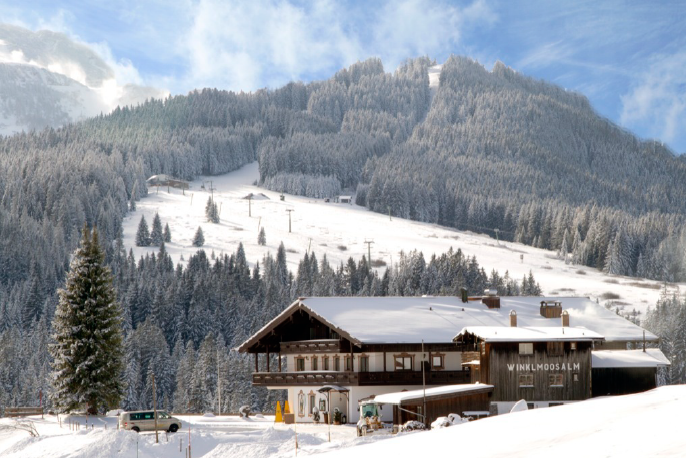Speaker
Description
Steering the quantum motion of electrons in atoms and molecules by the carrier wave of an intense lightwave lies at the heart of high-harmonic generation and attosecond science [1]. Only recently, lightwave electronics has been extended to solids leading to the observation of dynamical Bloch oscillations [2], high-harmonic generation [3,4], quantum interference [5], and electron–hole collisions [6,7]. So far, however, these studies have mainly focused on controlling the translational motion of the electron’s charge faster than a single cycle of light. Despite their potential as quantum information carriers, the internal degrees of freedom of crystal electrons, such as spin or valley pseudospin [8], have not been switchable on a subcycle scale yet.
Here, we demonstrate a novel control scheme for the valley pseudospin by lightwave-driven intraband transport. To this end, we resonantly prepare coherent electron–hole pairs in a monolayer of WSe$_2$ using a 100-fs near-infrared pulse. Simultaneously, an intense multi-terahertz waveform ionizes the electron–hole pairs, accelerates the constituent electrons and holes, and finally recollides them, resulting in the emission of a sequence of high-order sidebands accompanying the excitation spectrum. In contrast to bulk WSe$_2$ [7], our first-ever observation of high-order sideband generation in a monolayer crystal features a qualitatively new signature: odd-order sidebands. Their appearance under linearly polarized excitation can only be understood if the valley pseudospin is taken into account. The effectively symmetric excitation of both valleys [8] with linearly polarized near-infrared pulses compensates for the broken inversion symmetry. Yet, each valley emits circularly polarized light with opposite helicity. Hence, the contributions from the K and the K’ valley are disentangled by their orthogonal polarizations. These pseudospin dynamics lead to cross-polarized even and odd sideband orders, which are directly confirmed by polarization-resolved experiments.
In order to directly trace how the valley pseudospin changes during lightwave acceleration, we prepare coherent excitons selectively in the K valley by a right-circularly polarized excitation pulse. If the electron–hole pairs recombine within the same valley, the sideband emission is expected to be polarized with the same helicity as the excitation pulse. Surprisingly, the emitted sidebands are polarized strongly elliptically with a predominant orientation perpendicular to the driving field. The overall elliptical polarization stems from counter-circularly polarized contributions of the non-excited K’ valley due to lightwave-driven intervalley transport. These dynamics are corroborated by quantum mechanical simulations, which predict transfer fidelities as high as 96% for realistic experimental parameters. Such observations mark the first lightwave-induced switching of the valley pseudospin, opening a completely new toolbox for optical-cycle-scale quantum information technologies.
[1] P.B. Corkum and F. Krausz, Nature Phys. 3, 381 (2007).
[2] O. Schubert et al., Nature Photon. 8, 119 (2014).
[3] S. Ghimire et al., Nature Phys. 7, 138 (2011).
[4] H. Liu et al., Nature Phys. 13, 262 (2017).
[5] M. Hohenleutner et al., Nature 523, 572 (2015).
[6] B. Zaks et al., Nature 483, 580 (2012).
[7] F. Langer et al., Nature 533, 225 (2016).
[8] X. Xu et al., Nature Phys. 10, 343 (2014).

